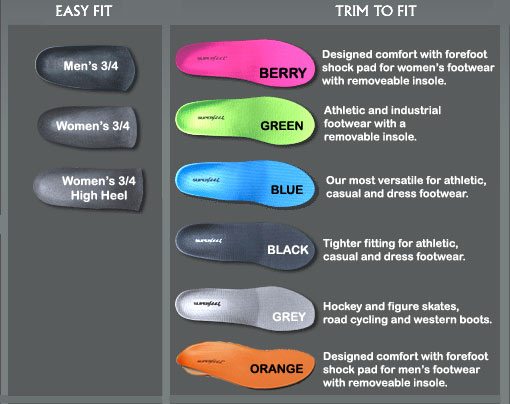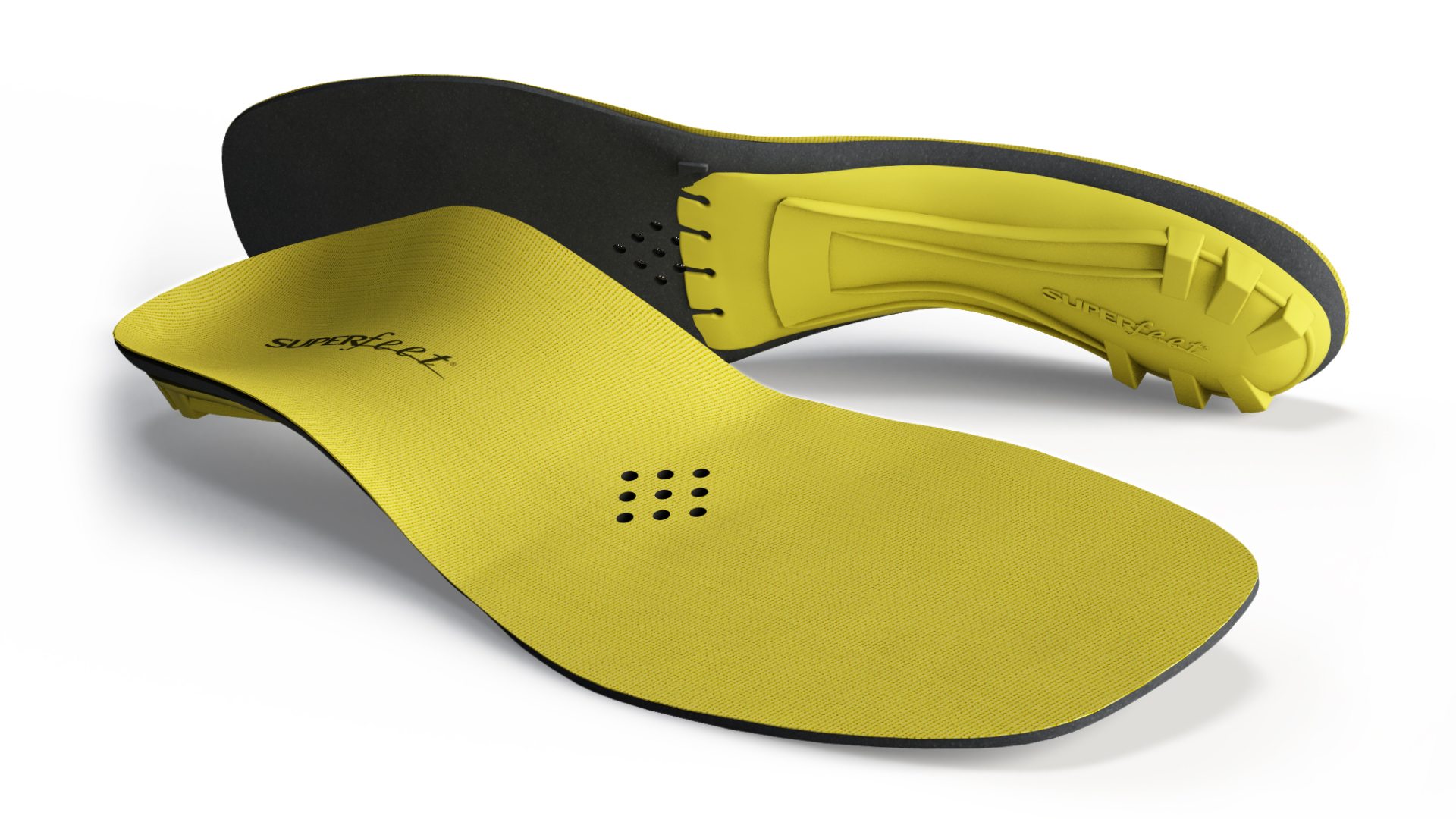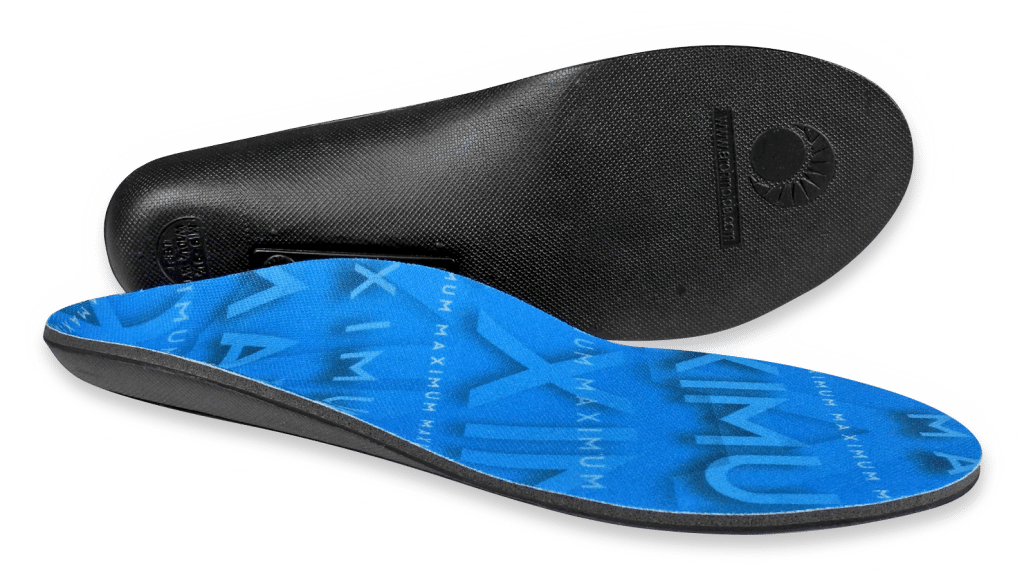If you have an active lifestyle but feel discomfort when you are biking, running, walking or hiking, then maybe it’s time to look at putting a pair of orthotics in your footwear. Orthotics. What are they?
Orthotics, generally known as inserts or insoles, are medical devices that are inserted into your footwear (boots or shoes) in order to improve the function of the foot. Orthotics are useful because they alter the shock or load placed upon your foot by changing the alignment and movement of the foot when it presses upon the insert within the shoe or boot.
Over the counter (OTC) devices considered to be orthotics are various. Some of these are known as: shoe inlays, heel cushions or cups, silicone pads, shock reducing insoles, heel cushions or cups, and even felt.
Support must be used properly if they are to prevent injury.
Most over-the-counter supportive devices available at the local running shops and pharmacies such as CVS or Walgreen’s are adequate for most people however a specialist is worth seeing if your issue doesn’t go away. A specialist can determine the nature of the lower extremity problem and can prescribe and create custom orthotics if necessary.
When shopping for orthotics keep in mind the design of an orthotic will determine how effective it is. Some orthotics cushion your foot and other types change how you land. Orthotics, such as heel cups, are good for walking while insoles are best used for running.
Shown below are heatable and moldable insoles.
Orthotics are a good short-term solution to help prevent injuries. Over the counter (OTC) inserts can be purchased today for less than $20.00 and upwards of $50.00. The most expensive orthotics may not necessarily be the best for your issue. At one time inserts could only be purchased through manufactures that created custom inserts at a cost of $300-$500.00. Not everyone is the same. Injuries such as bunions or stress fractures should be discussed with a doctor or your physical therapist. Some people aren’t going to get relief with inexpensive inserts.
How does an orthotic work? An orthotic aids support to your heel, arch or forefoot and in turn this can help reduce pain in other areas of your body such as your back or knees. Orthotics, namely insoles, are usually used in conjunction with a good pair of shoes.
More flexible insoles can be used when the force exerted by the foot is minor and more rigid insoles are used when the force is great. Soft insoles do not last as long as rigid insoles. When complex movements such as basketball or soccer are required, it is best to find a more flexible and softer insole. Activities such as running, walking or hiking require less complex movements and so a firmer and less flexible insert works best.

The two most common insoles are Comfort Insoles and Support Insoles.
Comfort Insoles
Comfort insoles have a shock absorbing design and are meant to provide comfort to people who experience foot pain and tired feet. These work by reducing shock to the feet. As people age they have reduced padding on the bottom of their feet. A good insole provides added comfort where the sensation once lacked.
People that stand for long periods of time or are walking for extended periods may find relief from comfort insoles. Comfort insoles can be flat shaped and feature a foam or gel. Insoles can be a heel insert, 3/4 length or a full length. Runners and users of boots, such as members of the military, should look for a full length insole.
Sometimes a comfort insole will not provide sufficient foot support. Avoid soft materials that go flat when pressure is applied. They have a tendency to degrade quickly. Ensure that the insole is firm enough that it doesn’t collapse under the force of your stride. The foot might require a firmer material. Look for brands with models that support your feet adequately. Models are made for people with low, medium and high arches.
Another option is going with a moldable insole that blends the best of both OTC and custom-fit orthotics. These allow you to mold the precise shape of your foot using heat treatment. The problem with moldable orthotics, however, is that if you don’t get a proper imprint, your insoles will be virtually useless.
Heat moldable insoles are available on the market which can be molded to the shape of your foot simply by heating them in a microwave oven at a low temperature. Simply heat the insole and then stand in them until they form to your foot. Lowering yourself into a squatting position helps shape the insole around the body of your foot. Running stores that sell running shoes usually have trained staff on hand that can mold it for you once they check your gait and foot shape.
Support (Sport) Insoles
These feature a harder material as feet have a tendency to supinate or pronate overly much when running or even walking. Look for insoles that provide increased stability and structural support. Increased stability will provide more comfort than direct cushioning. Boots will require high-volume insoles while cycling shoes, and running shoes require less volume insoles.
It is best when purchasing insoles to bring the sock and shoes/boots you will be putting the insole in. Custom insoles can last years while OTC last about 6 months, depending on your weight and activity. Check the wear from time to time and rotate them out as necessary. Keep in mind that insoles are not meant for the long-term.


